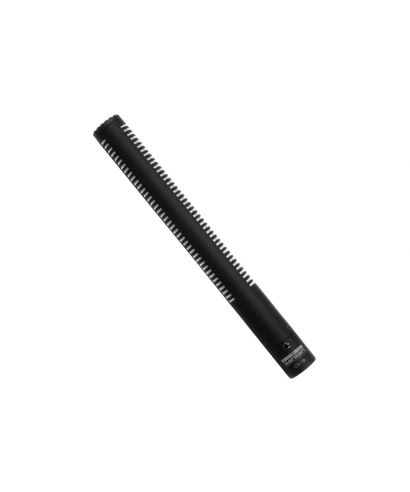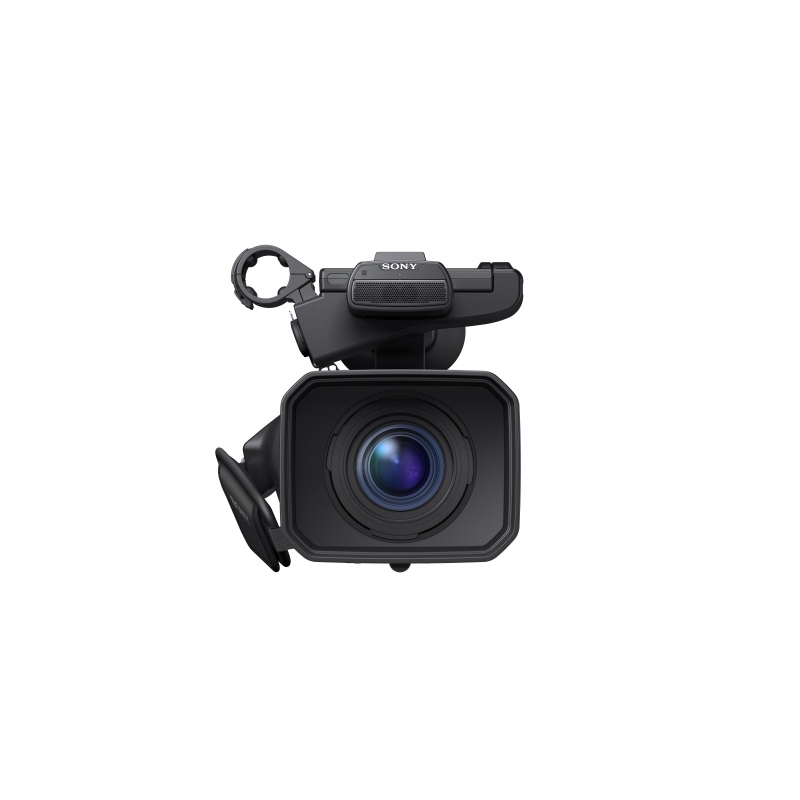

Considering the influence of lengths and diameters on impedance tubes, Chelidze proposed a study in 2018 by using the sonic attenuation in impedance tubes to determine SACs and obtained good results. Further, they compared the results of the experimental data with those of the mathematical model. also employed the Johnson–Champoux–Allard mathematical model in 2019 to predict SACs. Besides using the impedance tube method to measure SACs of materials, Taban et al. adopted a self-made impedance tube and commercially available impedance tube for sound absorptivity measurements, indicating a relatively higher usage rate of impedance tubes. employed the two methods to measure the same acoustical material and found that the obtained SACs were in a positive correlation, implying considerable reference values in the two test methods.Īt present, in the development process of new materials, the impedance tube method is still the preferred choice for measuring SACs, while the reverberation room method is employed for testing when the product is mature. adjusted and evaluated the performance of a reverberation room to guarantee the sound field diffusion property of the room. While the laboratory setup of a reverberation room has a higher cost, the evaluation and maintenance of performance are more important. adopted both the reverberation room method and the impedance tube method to measure the sound absorption coefficient of materials, reviewed the two methods’ principles, and compared them by their merits and demerits. Between these two methods, the impedance tube method is rapid and convenient, whereas the reverberation room method has a relatively higher cost. The main evaluation methods of SAC are by measuring the reverberation time in a reverberation room and the impedance tube two-microphone method. As a result, the performance of acoustical materials will influence the range and effect of their usages the primary evaluation index is the sound absorption coefficient (SAC). The application of acoustical materials is quite extensive, including in buildings, transportation, or offices. Therefore, the method proposed in this study can shorten the acoustical material development schedule for manufacturers and save the cost of the development process.

Most of the absolute errors were below 0.1, proving the accuracy of this method.

It was observed that the maximum absolute value of all errors did not exceed 0.16. After experimental validation, the dual-model estimated result was compared with SAC from the reverberation room method. Based on the abovementioned characteristics, this study proposed a dual-model for estimating the SAC of the reverberation room method to achieve the best-estimated result. In addition, the measurement characteristics of impedance tubes provide varisized calibers for different frequency ranges to measure a relatively accurate SAC. The measured SAC, frequency, thickness, and material density were employed as independent variables and substituted in the obtained multiple regression model to predict SAC obtained by RRM. Therefore, this study aims to use the ITM to measure SAC. However, RRM requires large-area test samples for measurement and a special sound field of reverberation room for test experiments.

Usually, the SAC measured by RRM is used as the commercially available acoustical materials index. The SAC measured by the RRM is more extensive, practical, and costly than ITM. The sound source of the RRM is a random incidence in various directions, whereas that of the ITM is a normal incident. It is measured using the reverberation room method (RRM) and the impedance tube method (ITM). The sound absorption coefficient (SAC) is often used as the performance index of acoustical materials. Acoustical materials are usually used for architectural design, ambient noise, and traffic noise to absorb sound.


 0 kommentar(er)
0 kommentar(er)
